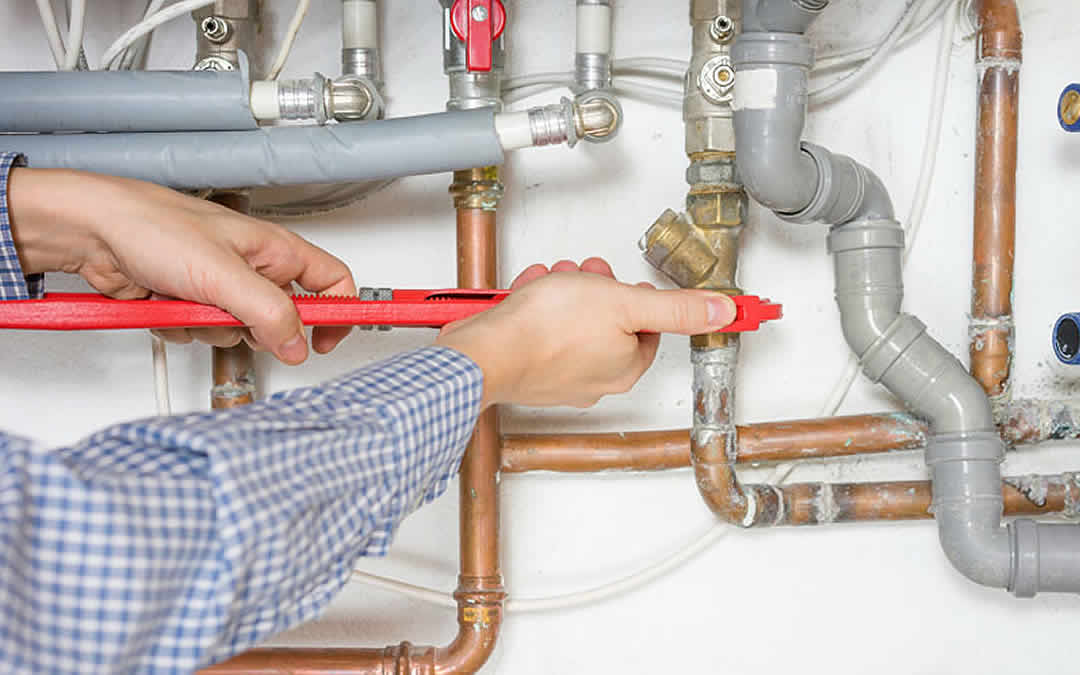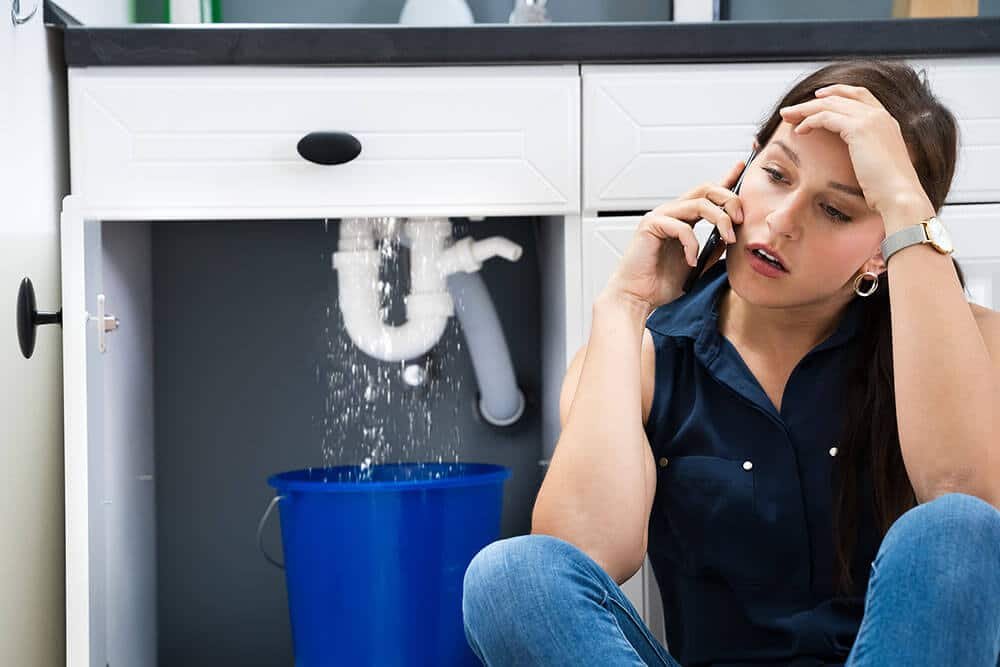Diving into Home Plumbing Basics: A Beginner's Tutorial
Diving into Home Plumbing Basics: A Beginner's Tutorial
Blog Article
Were you trying to locate insight concerning What to Know About Plumbing: Basics, Tips, and Insights?

Plumbing is an essential element of any kind of home, responsible for providing clean water for drinking, food preparation, and showering, in addition to eliminating wastewater safely. Recognizing the essentials of home plumbing is necessary for every homeowner to make sure correct maintenance, troubleshooting, and, if required, repair work. In this novice's guide, we'll cover the essential principles of home plumbing to help you end up being much more accustomed to how it works.
Water Furnace
The water heating system is accountable for home heating water for domestic use, consisting of bathing, food preparation, and cleansing. Typical sorts of hot water heater include tank-type water heaters, tankless (on-demand) water heaters, and heatpump hot water heater. The water heater is attached to the water supply system and supplies hot water to plumbing components as needed.
Drain System
The drainage system eliminates wastewater from your home and brings it away to a sewer treatment center or septic system. It consists of a network of pipes, installations, and fixtures that deliver wastewater from plumbing components to the main drain line or sewage-disposal tank. Appropriate drain is necessary to protect against blockages, back-ups, and sewer leaks.
Air flow System
The ventilation system assists maintain correct air pressure and stop drain gases from entering your home. Air vent pipes, additionally called vent heaps, extend from plumbing fixtures to the roof covering, allowing sewage system gases to leave securely outdoors. Ventilation pipes likewise enable air to enter the drain system, facilitating smooth wastewater circulation and avoiding suction or vacuum impacts.
Water System System
The water system system brings tidy water right into your home from a local water source or an exclusive well. It contains a major water line that links to your home's plumbing system, generally situated underground. A water meter gauges the amount of water eaten, while a shut-off valve permits you to control the flow of water right into your home.
Plumbing Components
Plumbing components are tools that provide water to various parts of your home and consist of sinks, taps, toilets, showers, bath tubs, and home appliances such as dish washers and cleaning makers. Each fixture is attached to the water system via pipelines and fittings and may have its shut-off valve for upkeep or emergency situations.
Common Plumbing Devices
Having the right tools available is important for performing standard plumbing fixings and maintenance jobs. Common plumbing devices consist of flexible wrenches, pipe wrenches, pliers, pipe cutters, hacksaws, bettors, augers (or drain serpents), and Teflon tape. Having these tools easily available can help you take on small plumbing problems efficiently.
Standard Plumbing Repair Services
While some plumbing repair work may need expert help, numerous common issues can be attended to with fundamental DIY methods. Understanding how to take care of a leaking tap, unclog a drainpipe, replace a toilet flapper, or fix a leaking showerhead can save you money and time on plumbing repair services.
Conclusion
Recognizing the essentials of home plumbing is vital for every homeowner to maintain a risk-free, practical, and efficient plumbing system. By familiarizing on your own with the water supply system, plumbing components, drain system, ventilation system, typical plumbing devices, and basic repair services, you can confidently address small plumbing problems and ensure your home's plumbing system operates smoothly.
Plumbing for Beginners: A Comprehensive Guide
If you’re a beginner when it comes to plumbing, don’t worry; you’re not alone. Plumbing may seem intimidating, but with the right knowledge and a little practice, you can handle many common plumbing issues on your own. In this comprehensive guide, we will demystify the world of plumbing for beginners, providing you with the basic knowledge and skills needed to tackle common plumbing problems and even take on some DIY plumbing projects.
The Importance of Basic Plumbing Knowledge for Beginners:
First and foremost, basic plumbing knowledge gives you a solid foundation. It helps you grasp the key concepts and terminology that are essential in this field. By learning the basics, you’ll be able to build upon that knowledge and tackle more complex plumbing tasks in the future.
Having a basic understanding of plumbing also enables you to handle common issues that may arise in your home. Picture this: a leaky faucet or a clogged drain. With some basic plumbing knowledge, you’ll have the confidence to troubleshoot and fix these problems on your own. It saves you from unnecessary expenses and the hassle of waiting for a professional to arrive.
As a beginner, learning the basics of plumbing empowers you to take care of your own home. It gives you a sense of independence and self-reliance. You’ll no longer have to rely solely on professionals for every small issue that pops up. Instead, you can handle many tasks yourself, saving time and money in the process.
Remember, everyone starts as a beginner. Embrace the learning process and take small steps to expand your plumbing knowledge. There are plenty of online resources, tutorials, and even local workshops that talk about plumbing for beginners.
Essential Tools for Plumbing for Beginners
As you start your plumbing journey, having the right tools in your toolbox is crucial. Let’s explore some of the must-have tools:
Adjustable Wrench:
This versatile tool is a staple in any plumber’s toolbox. It allows you to tighten or loosen nuts and bolts of various sizes. Make sure to have an adjustable wrench with a comfortable grip.
Pipe Wrench:
A pipe wrench is specifically designed for gripping and turning pipes. It has serrated jaws that provide a strong grip, making it easier to loosen or tighten threaded pipes and fittings.
Plunger:
The plunger is a simple yet effective tool for clearing clogged drains and toilets. It creates suction when you push and pull, helping to dislodge blockages. Keep a good-quality plunger handy for those unexpected clogs.
Pipe Cutter:
When it comes to cutting pipes, a pipe cutter is your go-to tool. It creates clean, precise cuts without damaging the pipe. Look for a pipe cutter that can handle the pipe sizes you’re working with.
Hacksaw:
A hacksaw is useful for cutting through pipes, screws, and other materials. It’s a versatile tool that can handle different cutting tasks. Remember to use a blade suitable for cutting metal.
Tape Measure:
Accurate measurements are crucial in plumbing. A tape measure allows you to measure pipe lengths, distances, and dimensions accurately. Opt for a sturdy tape measure that extends a good length.
Pliers:
Pliers come in handy for various tasks, such as gripping, bending, and cutting. Slip-joint pliers with adjustable jaws are great for gripping pipes, nuts, and bolts.

I'm just very interested in How Does the Plumbing Work in Your Home? and I am praying you appreciated the new entry. For those who enjoyed our page if you please do not forget to pass it around. Thank you so much for your time spent reading it.
Request An Appointment Report this page